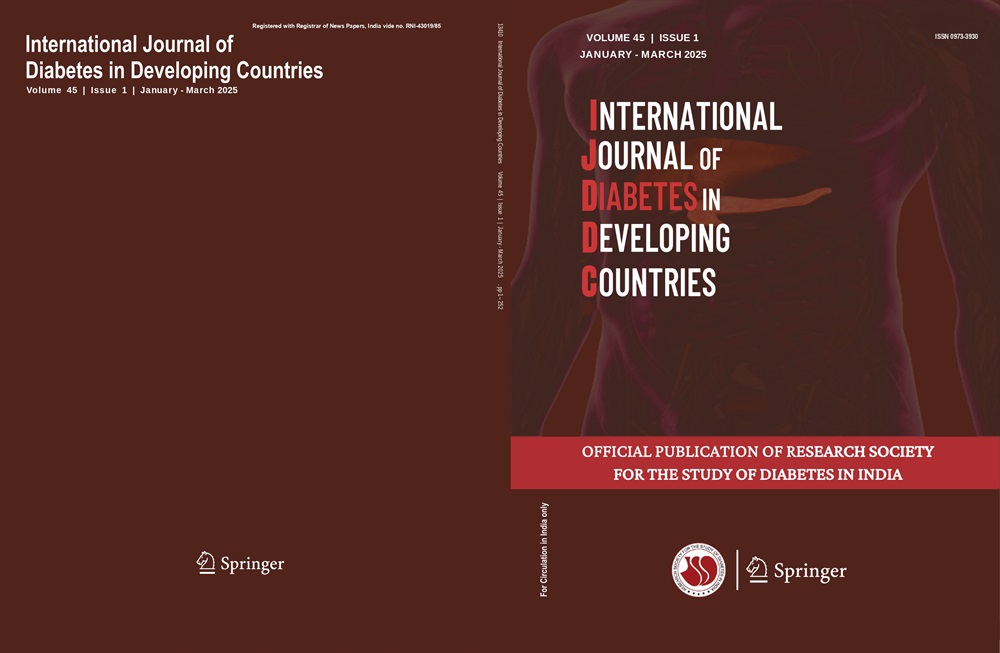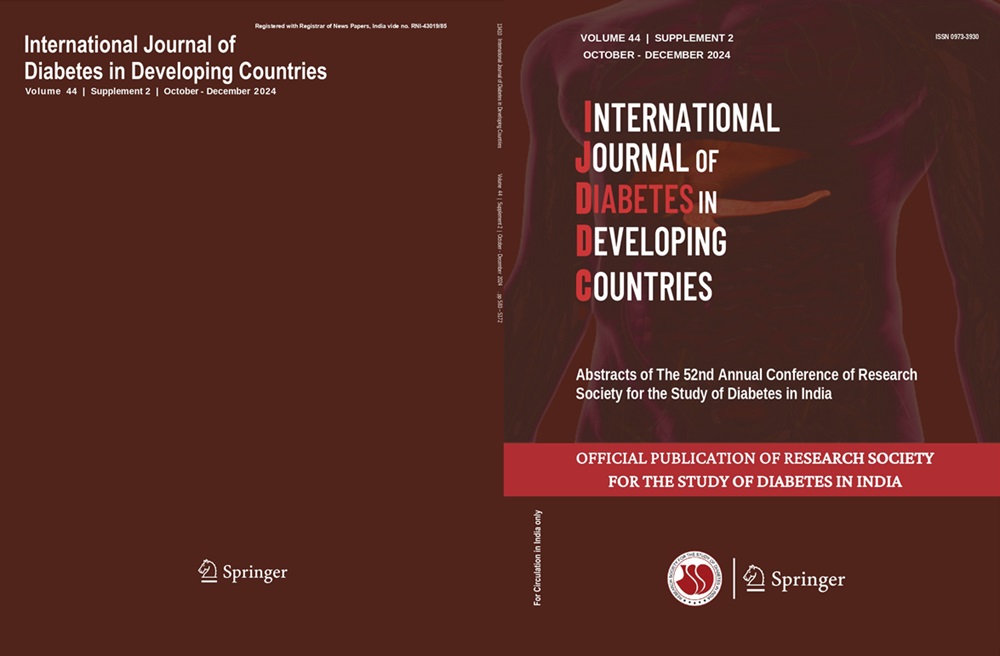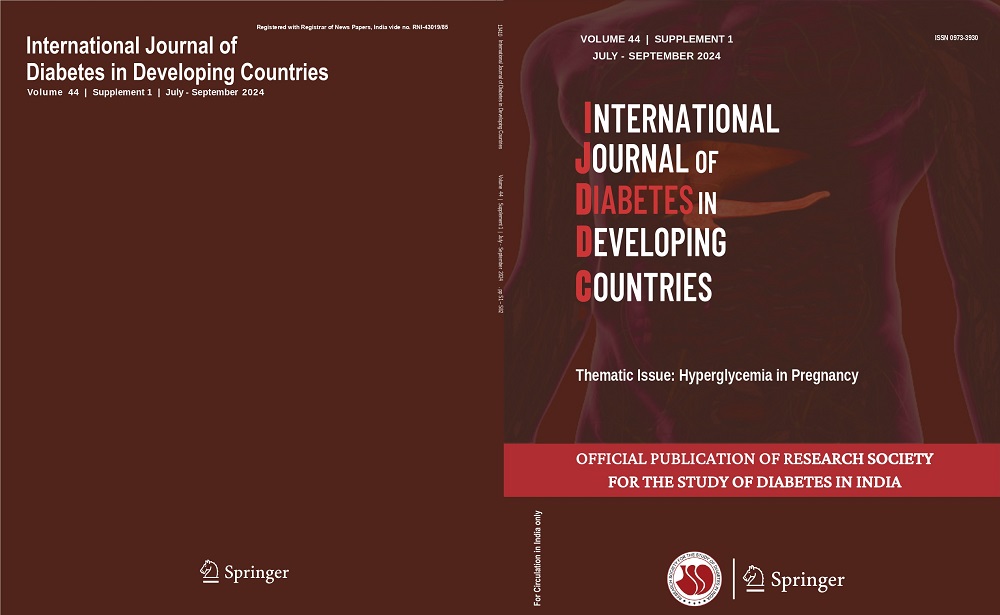Jessica Castrode Vasconcelos, Yeelen Ballesteros Atala, Denise Engelbrecht Zantut-Wittmann, Maria Cândida Ribeiro Parisi
Keywords
Autonomic neuropathy • Cardiovascular neuropathy • Charcot neuroarthropathy • Type 2 diabetes • Severity score
Objective This study aimed to assess the presence and characteristics of cardiovascular autonomic neuropathy (CAN) in people with type 2 diabetes with and without Charcot neuroarthropathy (CN).
Background Diabetes can affect nerves in many ways beyond sensitive neuropathy.
Methods A cross-sectional study was carried out in people with diabetes and CN who were matched for sex and age with two groups of people with diabetes without CN. All subjects underwent CAN assessment with seven tests (four Ewing tests and three bands of spectral analysis), and a severity score was constructed using these seven tests (each altered test equivalent to 1 point).
Results Of the 69 people evaluated, 49 (71%) had incipient or installed CAN. A total of 95.2% of people with Charcot neuroarthropathy had incipient or installed CAN. There was a higher prevalence of dyslipidemia among people with installed autonomic neuropathy than among those with incipient CAN or without CAN. Thirty-four (69%) people with CAN had increased urinary albumin excretion. The severity score, constructed from the seven tests used for the diagnosis of CAN, revealed a greater number of altered tests and higher scores among people with CN when compared to the other participants, indicating greater severity of the condition.
Conclusions There is a high prevalence of CAN in people with type 2 diabetes followed in a tertiary health service and the use of severity score may enable to differentiate people with or without CN. We suggest that this score could be used as a new tool in caring for people with diabetes to identify the most severe CAN.




